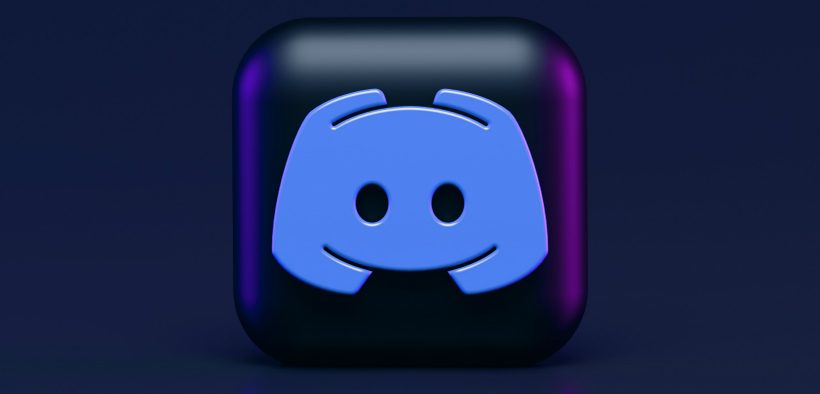Online faculty tend to assume that all student communication needs to go through the learning management system (LMS). But the LMS is not designed for the more spontaneous synchronous chat that you might get in a campus hallway or coffee shop, where someone might say, “Hey, did you see that article yesterday in the newspaper?” Faculty can recover that immediacy using the free chat app Discord.
Using Discord to Build Community in Online Classes

Related Articles
I have two loves: teaching and learning. Although I love them for different reasons, I’ve been passionate about...
Active learning is a mostly meaningless educational buzzword. It’s a feel-good, intuitively popular term that indicates concern for...
Perhaps the earliest introduction a student has with a course is the syllabus as it’s generally the first...
Generative AI allows instructors to create interactive, self-directed review activities for their courses. The beauty of these activities...
I’ve often felt that a teacher’s life is suspended, Janus-like, between past experiences and future hopes; it’s only...
I teach first-year writing at a small liberal arts college, and on the first day of class, I...
Proponents of rubrics champion them as a means of ensuring consistency in grading, not only between students within...







